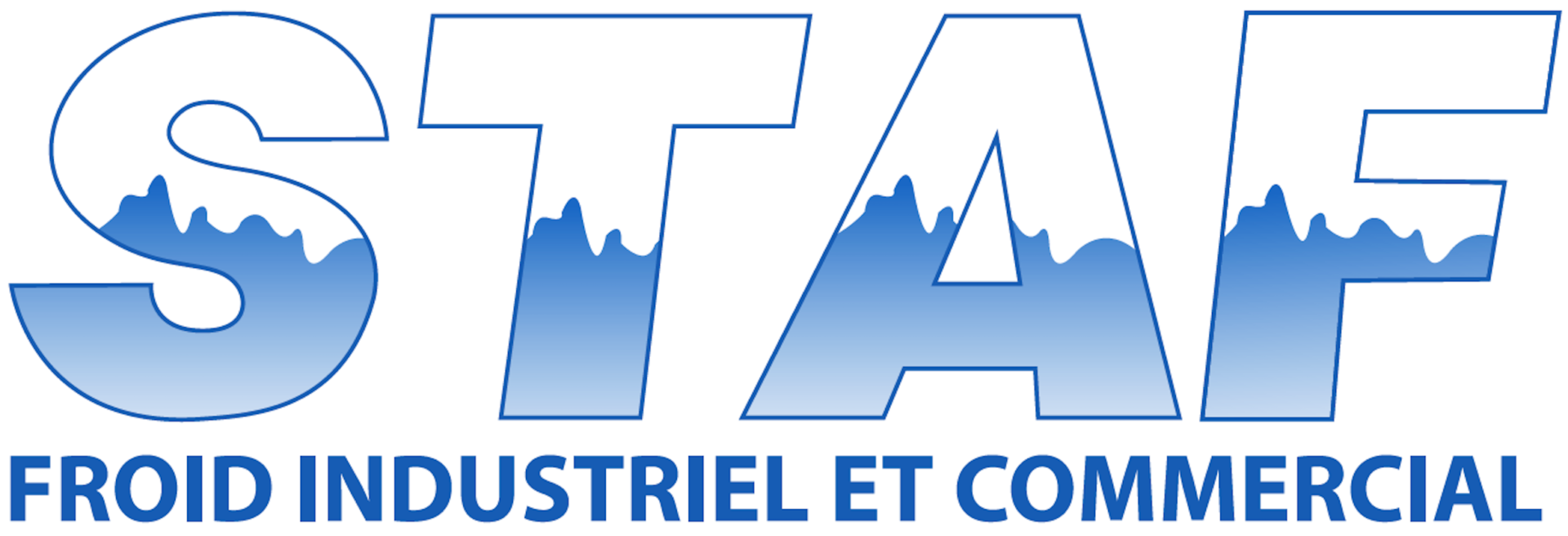MEAT TECHNOLOGIES
As much for white meat as for red meat, it is just after slaughter that the cold chain starts.
Penetrant testing :
The nature of the refrigerated environment in which the carcasses will be introduced immediately after slaughter will be a determining factor in its quality and shelf life. Precise adjustment of temperatures, air speed, humidity and other parameters will allow you to reach the target core temperatures on time and control appearance and weight loss.
Maturation :
Thanks to well-regulated refrigeration, the maturation of the meat will be accompanied by a gradual increase in tenderness.
Storage :
Cold storage temperatures as well as blowing speeds differ depending on the duration. The geometry of the cold room, its thermal insulation and the choice of the evaporator must be carefully studied so that the air and the temperatures are uniform and to avoid any condensation problem.
Freezing:
Frozen meat is considered to be of high quality as long as sensory analysis does not reveal any difference from its initial quality. Quality deterioration of frozen products is a function of storage quality (stable and uniform temperature) and time. In summary, efficient cooling and freezing of red meat and poultry are essential so that, at the end of the chain, we can offer the consumer quality, attractive and tasty food.
SEAFOOD TECHNOLOGIES
STORAGE ON FLAKE ICE
Widely used for the storage of packaged seafood products, this method is also valid for these same unpackaged products, provided that certain precautions are taken in the design of the cold room in order to avoid the risk of oxidation and desiccation.
Flake ice is the most used for the conservation and presentation of seafood products in commercial channels.
The correct sizing and choice of a high-performance ice machine as well as the cold production machine that accompanies it can be an important source of savings on energy expenditure.
STORAGE IN STATIC COLD ROOM
Generally small, cold rooms equipped with a static evaporator for fish storage have technical qualities that allow optimal conservation of fish and other seafood products.
The evaporators (usually made of stainless steel) which are there diffuse a static cold in order to prevent the delicate flesh of the fish from drying out. The temperature of -2°C to +8°C preserves the flesh and the taste of your crustaceans.
STORAGE IN A VENTILATED COLD ROOM
Widely used for the storage of packaged seafood products, this method is also valid for these same unpackaged products, provided that certain precautions are taken in the design of the cold room in order to avoid the risk of oxidation and desiccation.
FAST FREEZING
Frozen seafood products are obtained by rapidly lowering the core temperature so as to stop all biological and microbial activity.
We offer these temperature reductions with efficient equipment such as freezing tunnels (static or dynamic). Frozen products are then kept in cold rooms at negative temperatures (from -18°C to -25°C) for periods that can be quite long.
